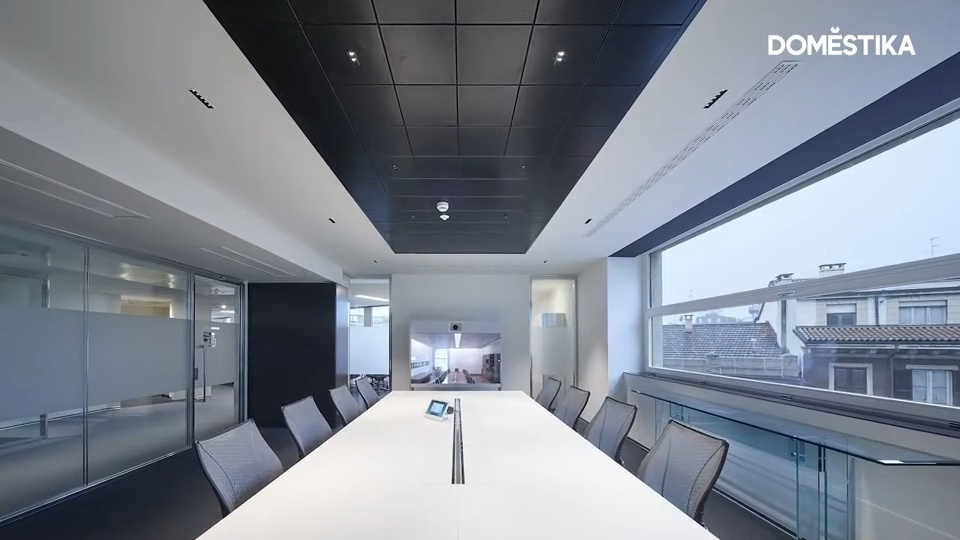Interior Design Tutorial: How to Choose Your Light Source

Learn about the various types of light source and the key basics to select the best ones for your interior design project, with Monica Vega
As anyone who ever took a selfie knows: there’s nothing like the right light to make you look incredible. When applied to interior design and architecture, this logic allows you to create spaces filled with style and beauty using very few resources. And to come up with your own, memorable, language of light.
Architectural lighting designer Mónica Vega teaches you how to choose between different artificial light sources according to the effect you’re looking for.
Learn more in the video:
3 kinds of lighting for your interior design projects
1. LED
This technology is now the leading source of light. Its low energy consumption and high durability have allowed it to substitute traditional incandescent light bulbs very quickly. In other words: LEDs shed more light using less energy, because all the power is converted to light and none is wasted as heat. And unlike fluorescent lighting, which was in vogue for many years, LEDs can operate at very high and very low temperatures.
Its fantastic compact nature also makes LED the technology of choice in areas where you wish to hide the light bulbs.



2. Direct, indirect, soft and bi-directional lighting
The way in which light comes out of the fitting defines it as direct, indirect, soft or bi-directional. A soft downlight can be perfect for a light, transparent atmosphere. Whereas direct light may be the right choice if you’re looking to highlight specific areas or surfaces in the setting.
An adjustable downlight may be the best option if the room is apt to changes, and contains furniture, paintings or other elements that tend to be moved around.





3. Asymmetric or symmetric lighting
Symmetric lighting is when the halo of light emerges and spreads out in a homogeneous and symmetrical manner.
Asymmetric lighting deliberately creates areas of light and shadow that you can use to highlight particular zones. Mónica stresses that it’s important to always read the instructions that come with your light bulb and light fittings, to ensure you know what kind of lighting you’re working with.


Like this tutorial? Mónica Vega teaches you how to generate emotion and communicate ideas using lighting in her online course: Lighting Design for Interior Spaces.
You may also be interested in:
- Design and Renovation of Interiors, a course by Allaround Lab.
- Introduction to Retail Design, a course by Clap Studio.
- What is Japandi Style Interior Design?
- Choosing Colors and Materials for an Interior Design Project.




0 komentarzy